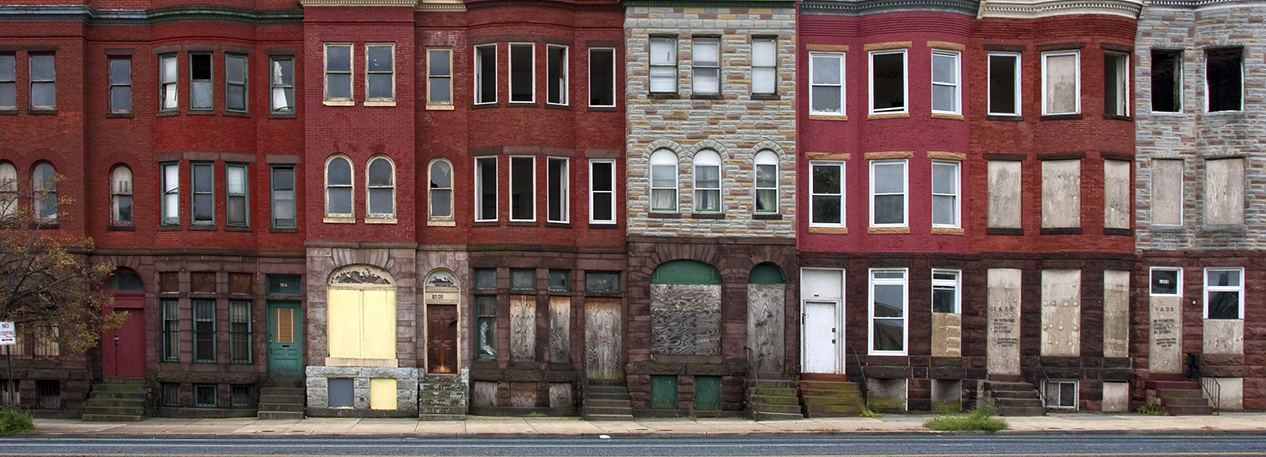In a single weekend in July 2018, more than 170 people in Philadelphia overdosed from what investigators said was a single “bad batch” of heroin. Ten died. Bags containing this particularly harmful compound were ominously stamped Santa Muerte (Spanish for “Holy Death”). In the preceding year, there were more than 70,200 drug overdose deaths in the United States, over four times the number of homicide deaths.1 The age-adjusted rate of drug overdose deaths tripled between 1999 and 2016 and jumped an additional 10 percent in 2017.2 Nearly 70 percent of those 2017 drug overdose deaths can be attributed to opioids.3
All three states in the Federal Reserve’s Third District have been struck particularly hard by this surge in drug overdose deaths. The age-adjusted drug overdose rate for the nation was 21.7 deaths per 100,000 people in 2017, while it was 30.0 for New Jersey, 37.0 for Delaware, and 44.3 for Pennsylvania. Only West Virginia and Ohio had drug overdose death rates higher than Pennsylvania’s in 2017, at 57.8 and 46.3, respectively. However, in terms of the absolute number of drug overdose deaths, Pennsylvania was first in the country at 5,388. That was 8 percent of the nation’s drug overdose deaths, even though Pennsylvania had less than 4 percent of its population. And as is true in the rest of the United States, the majority of these Pennsylvanian deaths were opioid related.
This article examines the origins of the crisis, the nature of the crisis in the Third District, the relationship between the crisis and the labor market, the costs of the epidemic, and some policy countermeasures designed to alleviate the crisis.
This article appeared in the Second Quarter 2019 edition of Economic Insights. Download and read the full issue.
[1]See Federal Bureau of Investigation (2018).
[2]The age-adjusted mortality rate standardizes the data by adjusting for age groups in the population. The age-adjusted rate of drug overdose deaths rose from 19.8 per 100,000 in 2016 to 21.7 per 100,000 in 2017.
[3]Many drug overdose deaths occur from mixing nonopioid drugs with opioids. For example, the National Institute on Drug Abuse breaks down overdoses from cocaine and benzodiazepines with and without opioid involvement. The overdose death rates of these two drugs without opioid involvement are virtually flat, meaning that opioids, particularly synthetic opioids, are driving this uptick in overall drug overdose deaths. See Figures 7 and 8 at https://www.drugabuse.gov/related-topics/trends-statistics/overdose-death-rates.
View the Full Article
